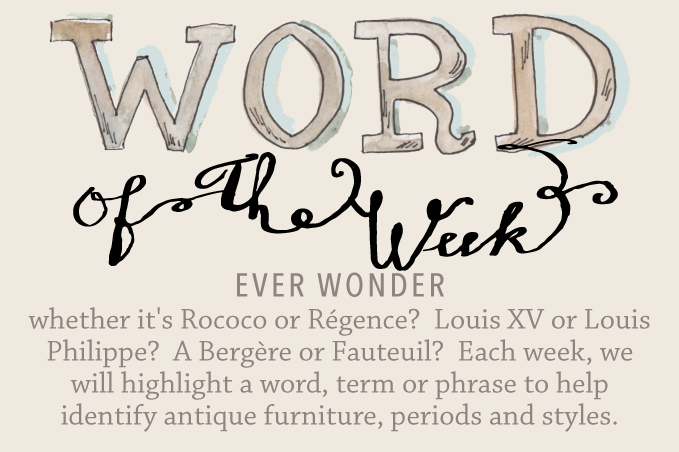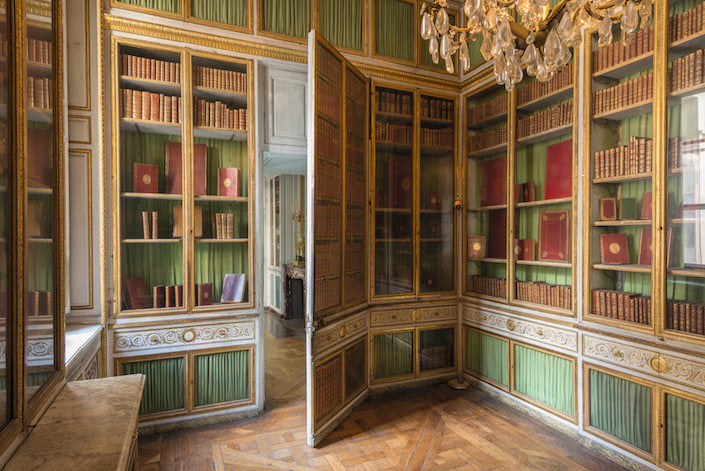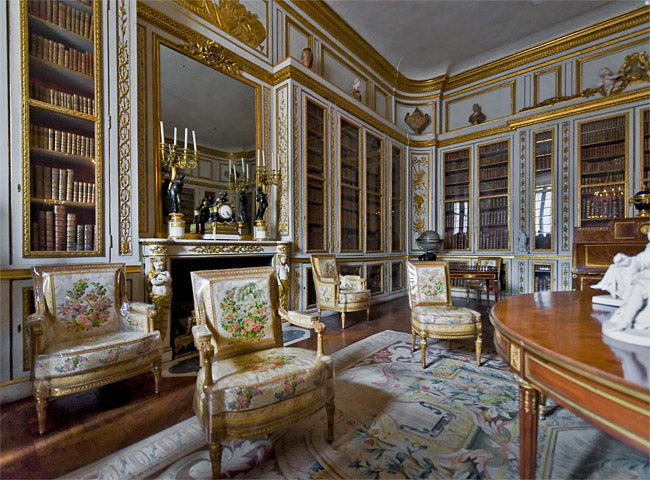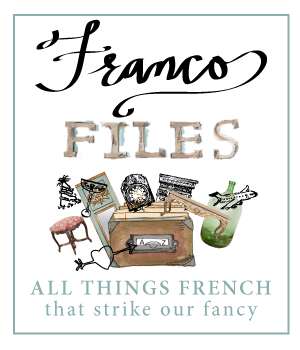


A hidden haven — Marie Antoinette’s private bibliothèque, complete with a secret door that let her slip away from the demands of court. Photo © Château de Versailles (dist. RMN-Grand Palais)/Christophe Fouin.
A Storied Beginning

A gilded showcase — Louis XVI's bibliothèque at Versailles, blending Enlightenment ideals with royal grandeur. Photo © Château de Versailles (dist. RMN-Grand Palais).
From Enlightenment to Elegance
Form Meets Function
Bookmarked

An antique French bibliothèque anchors Axel Vervoordt’s study at Kasteel van ‘s-Gravenwezel. Photo: Courtesy the Axel Vervoordt Company.
Shelf Appeal


Browse the Full Series
See all Word of the Week posts →
See all Word of the Week posts →

Browse the Full Series
See all Double Vision posts →
See all Double Vision posts →
















